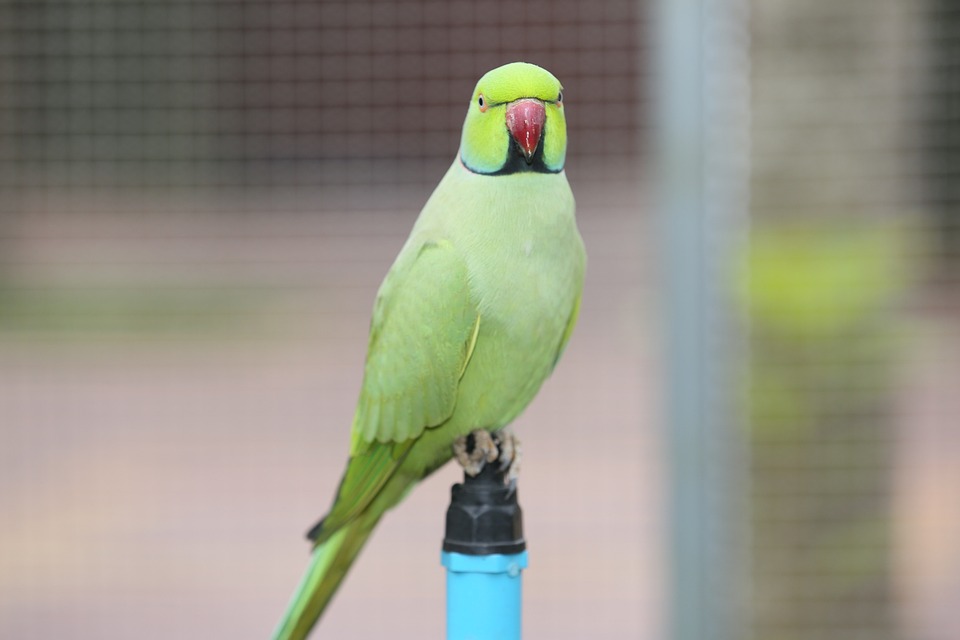Parrots are incredibly intelligent and thrive on mental stimulation and learning. As a parrot owner, it’s important to recognize signs of enthusiasm and eagerness to learn in your feathered friend. By understanding these signs, you can tailor your training sessions to enhance your parrot’s learning experience.
One of the most prominent signs of enthusiasm in parrots is active engagement during training sessions. A parrot that is eager to learn will exhibit focused attention, alertness, and a willingness to participate. Look out for behaviors such as leaning forward, wide-eyed curiosity, and an erect posture.
Another indicator of enthusiasm is vocalization. Parrots may increase their chirping, mimic sounds or words, or even squawk enthusiastically when they’re excited about a training session. These vocalizations often indicate your parrot’s eagerness to communicate and engage with you.
Pay attention to your parrot’s body language during training. A puffed-up chest, raised crest feathers, and a bobbing head are all signs of excitement and eagerness to interact.
Enthusiastic parrots actively participate in training exercises. They readily offer behaviors, respond promptly to cues, and eagerly await the next instruction. Look for your parrot’s willingness to step up onto your hand, perform tricks, or interact with training props.
Once you’ve recognized signs of enthusiasm in your parrot, it’s important to harness their eagerness to learn. Positive reinforcement is key. Reward desired behaviors with treats, praise, or playtime to reinforce their eagerness to learn. By associating learning with positive experiences, you can motivate your parrot to actively seek new challenges.
Keep training sessions short and engaging. Parrots have limited attention spans, so aim for sessions that last no longer than 10-15 minutes. Regular, shorter sessions are more effective than infrequent, lengthy ones.
Introduce a variety of training exercises to keep your parrot engaged. Start with simple commands and gradually progress to more complex tasks. By incorporating new challenges and providing a sense of accomplishment, you’ll maintain your parrot’s enthusiasm and prevent boredom.
Stimulate your parrot’s mind outside of training sessions by providing interactive toys and games. Puzzles, foraging toys, and treat-dispensing devices engage their natural curiosity and encourage problem-solving skills. These activities complement training and contribute to a well-rounded learning experience.
Here are some frequently asked questions about recognizing signs of enthusiasm and eagerness to learn in parrots:
1. How long does it take for a parrot to show enthusiasm during training?
Every parrot is unique, and the time it takes to exhibit enthusiasm can vary. Some parrots may show eagerness from the beginning, while others may take a few training sessions to warm up. Patience and consistency are key to building enthusiasm in your parrot.
2. What if my parrot loses interest during training?
If your parrot loses interest during a training session, assess the situation. Ensure that the training environment is free from distractions and consider adjusting the training technique or introducing a new challenge. Remember to end the session on a positive note to maintain your parrot’s motivation.
3. Can older parrots still show enthusiasm for learning?
Absolutely! Parrots of all ages can exhibit enthusiasm for learning. While younger parrots may display more overt excitement, older parrots can still engage in training and enjoy mental stimulation. Tailor training exercises to suit your parrot’s abilities and always reward their efforts.
4. Are there any signs that indicate my parrot is overwhelmed during training?
Yes, it’s important to be aware of signs of overwhelm in your parrot. These may include excessive beak grinding, feather plucking, or withdrawal behaviors. If you notice these signs, reassess your training approach, provide a calmer environment, and consult with an avian veterinarian if necessary.
Remember, training should be a positive and rewarding experience for both you and your parrot. By recognizing signs of enthusiasm and eagerness to learn, you can create a strong bond with your feathered friend while unlocking their incredible potential. Happy training!









